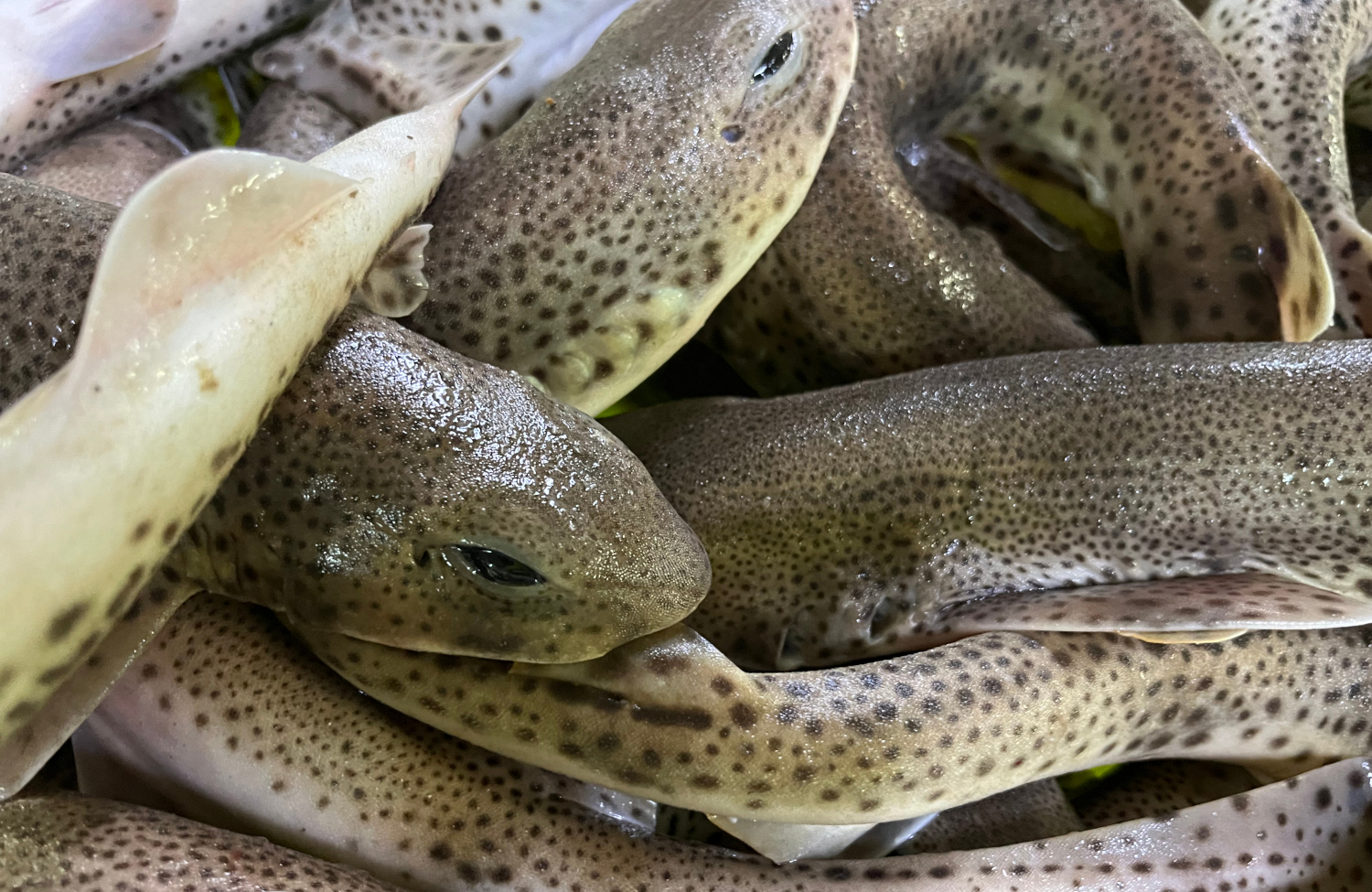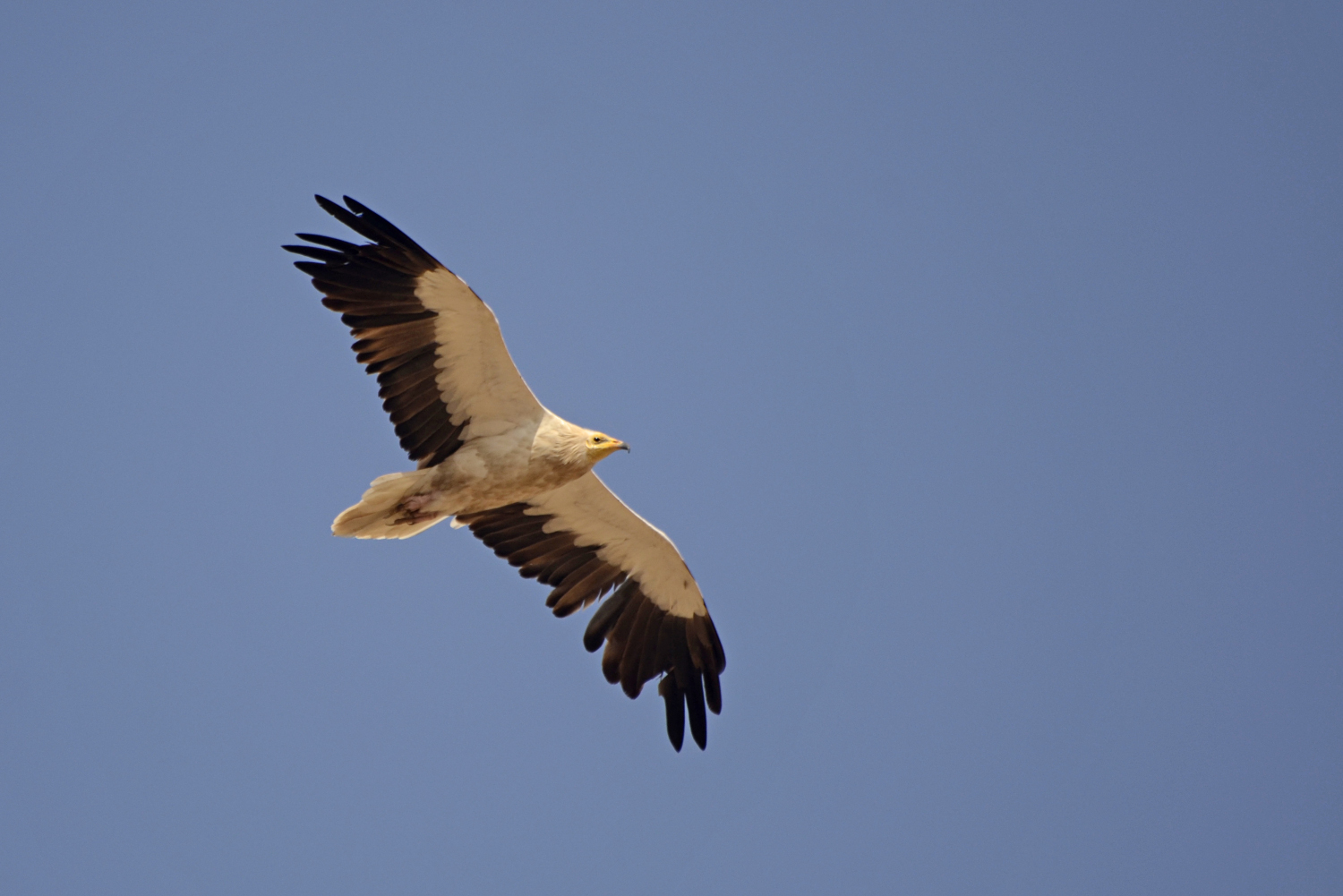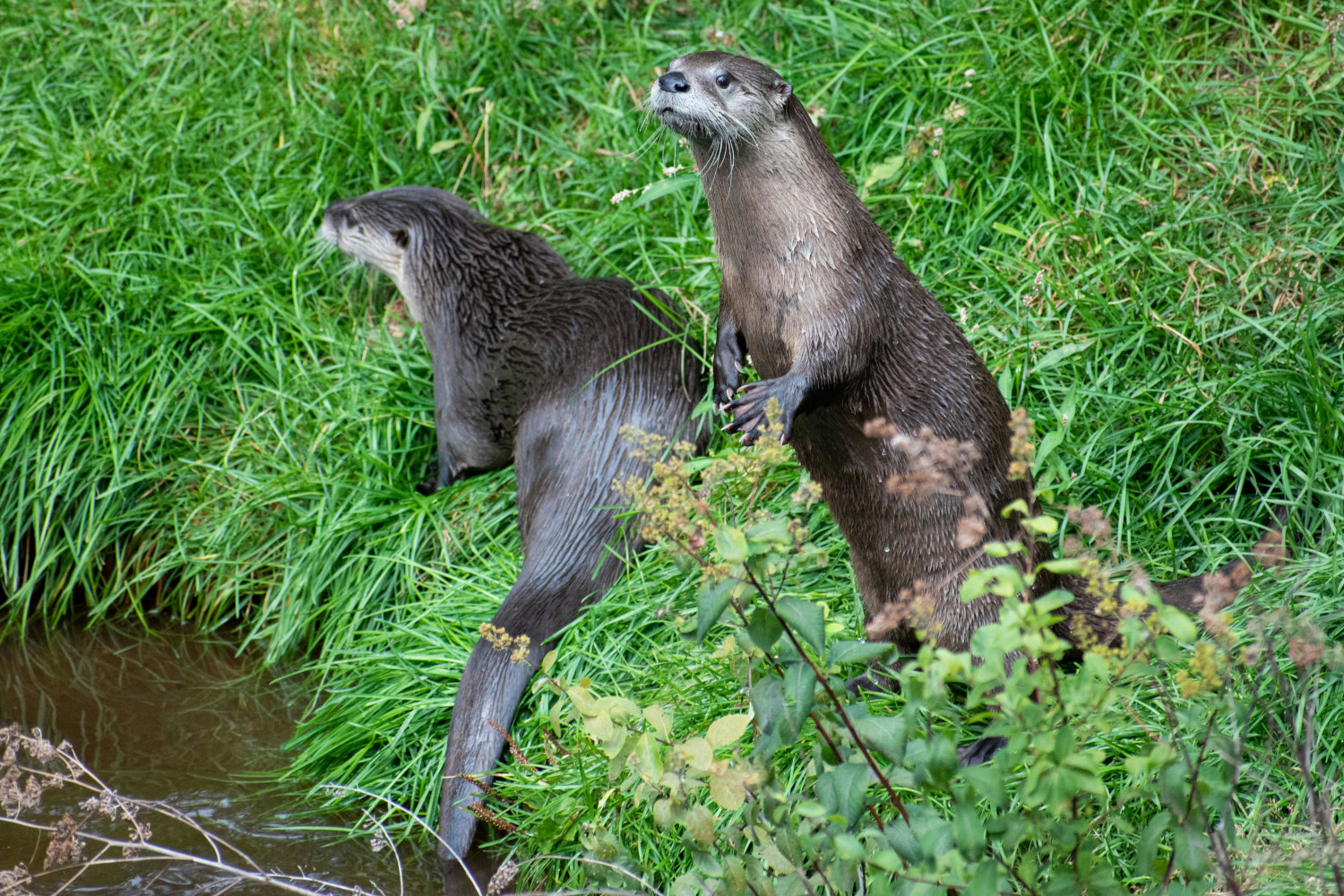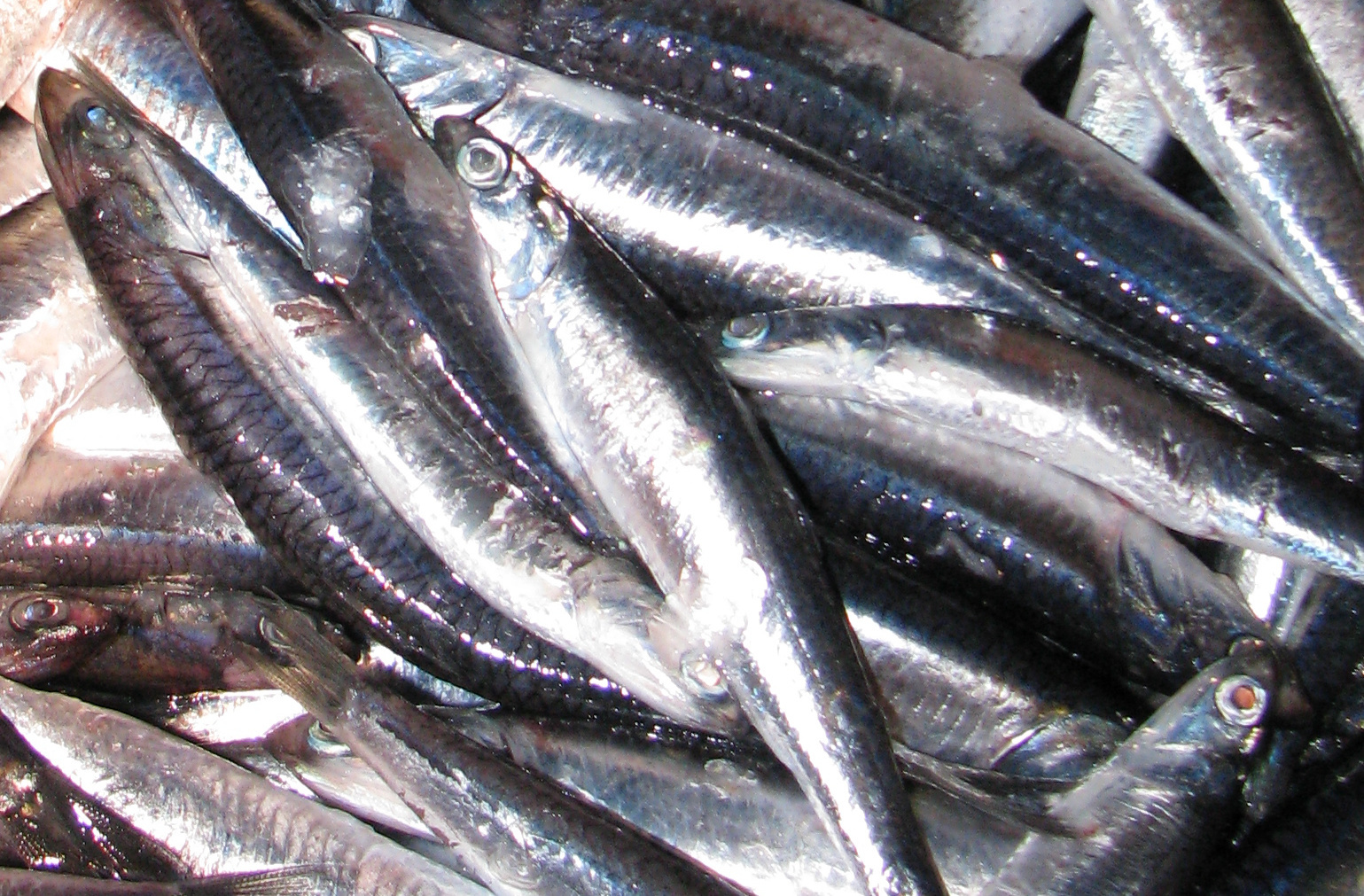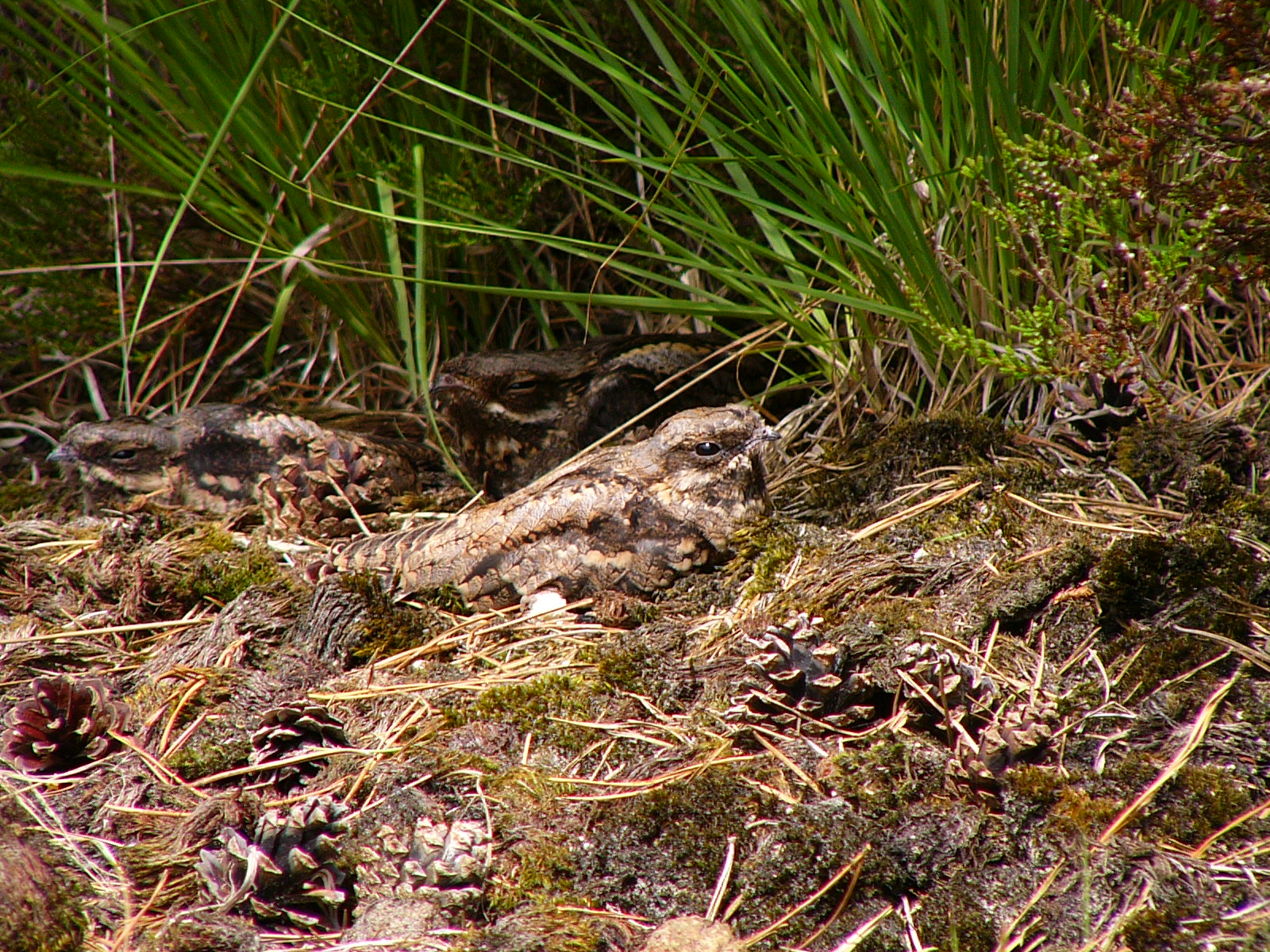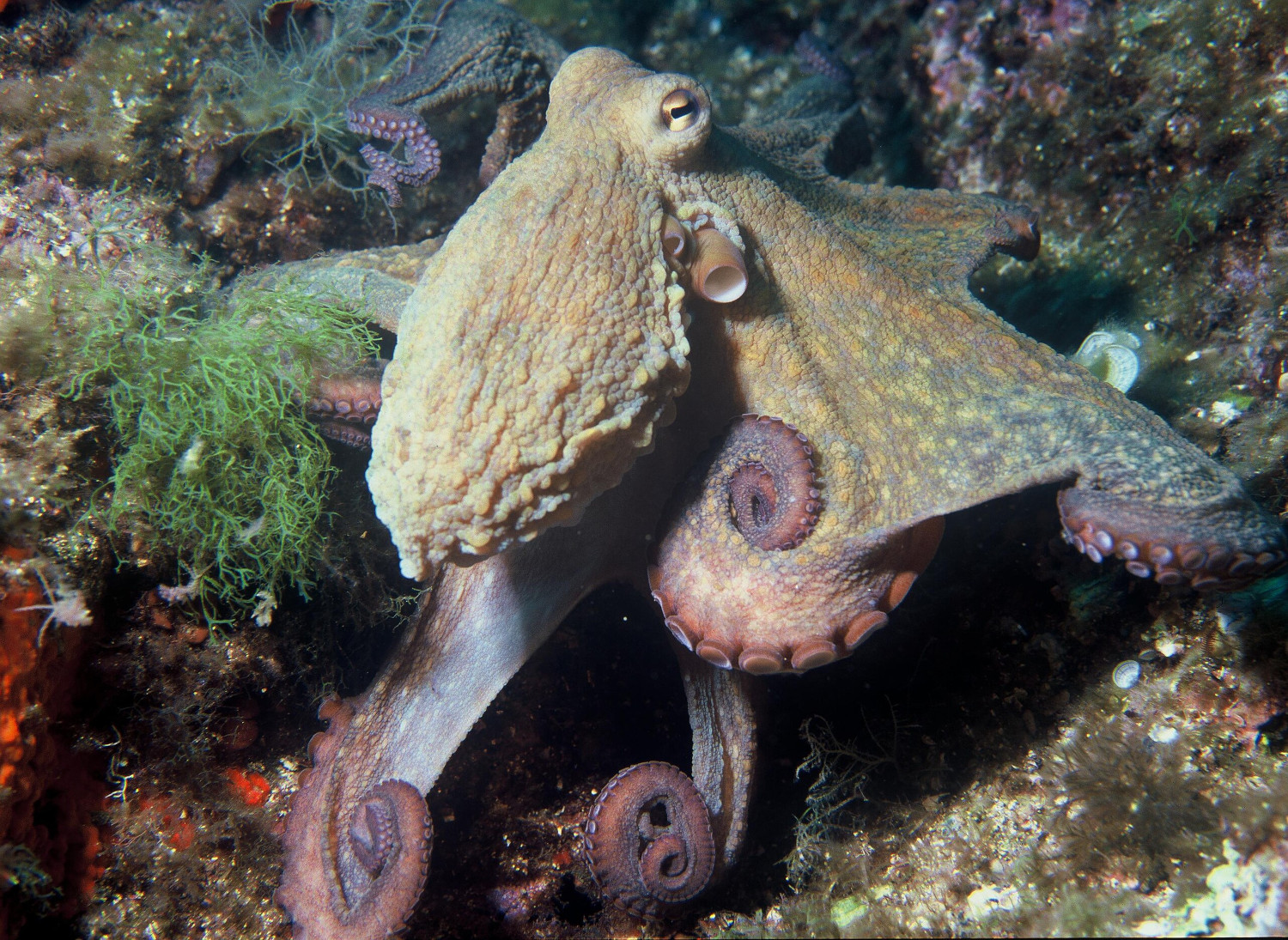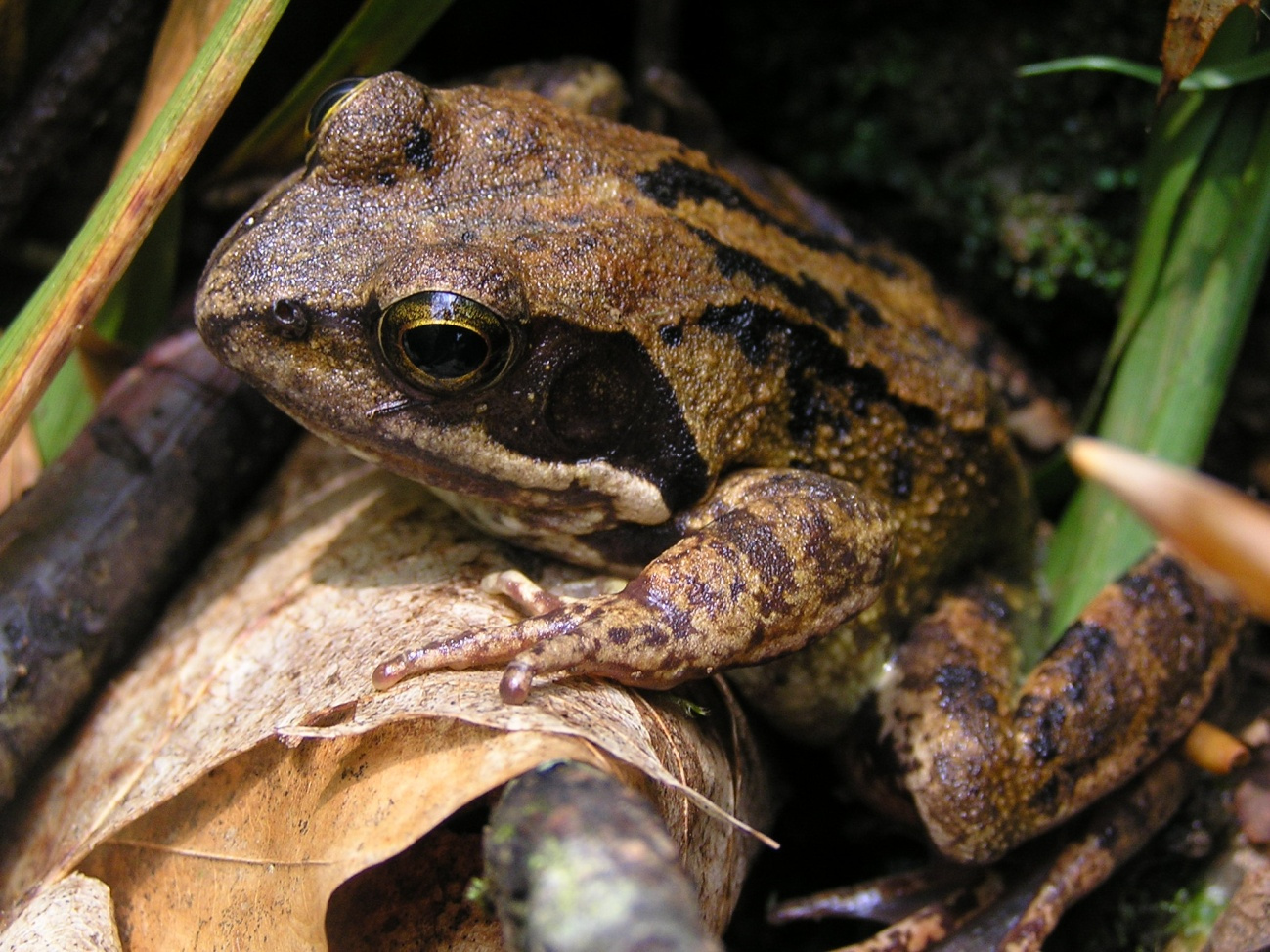Works of art of the warning
- Colorful, bright, in shapes as strange as beautiful, nudibranchs seem to be coming beings from another planet. These naked creatures of the seabed dress the vivid colors of the crests of the 1980s and the architectural fashion of the great names of the Parisian seam.
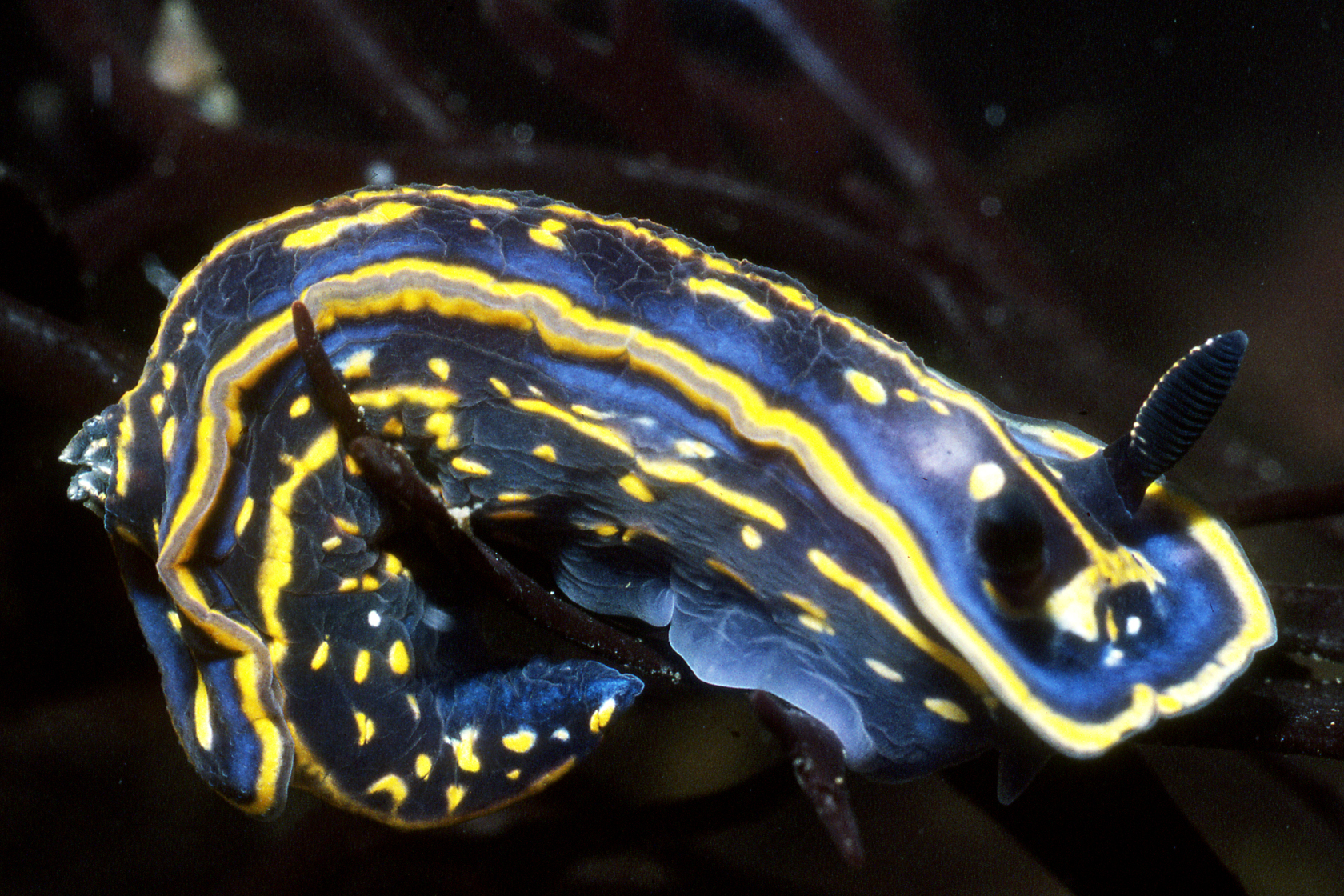
The characteristic that gives name to this group is the cholet they have in the back of their bodies, which separates them from other calm seas, that is, the naked brankehead. This pussy, like the group, has very varied shapes: horns, feathers, pine shape, spiral... It is like a bouquet of flowers that surrounds the anus, and performs a respiratory function.
They have the ability to feed on prohibited substances for other marine beings, such as jellyfish, anemones, polyps…) or poisonous sponges. Because they are immune to the influence of the toxins they contain, they can easily ingest their summary cells.
They're so beautiful, so fascinating, so poisonous. In fact, they are relatives of snails and cams (gastropod mollusks), and these animals lost their shell millions of years ago. In addition to thick and abrasive skin, they secrete a poison that does not fail them to defend themselves through the skin glands.
We'll see stains, streaks and scratches of expensive fabric that appear on the nudibranchs' bare bodies, as if they were canvases. The intense colors will alert you to the catches: “Beware! It’s not good for you to choke me.” The most elegant fashion show at the bottom of the sea is therefore aimed at predators. But not to attract each other. In fact, nudibranchs are blind. His tiny eyes can barely tell the light in the dark. Instead, they carry on their heads sensory additives called rhinophores: two twigs, as if they were rabbit ears, to detect flavors and smells, to get food and even to look for a member of the same breeding species (to detect pheromones).
In fact, although they are hermaphrodites, for fertilization to occur it is necessary to combine two specimens. Even if they're both sexes in the same body, they prefer to alternate between two and not just. At the time of laying, the artistic sculpture of eggs generated by each species is also a symbol of identity.
The best known is Felimare cantabrica, a typical species of the Cantabrian Sea and friend of divers on our coast. Although it can reach eleven centimeters, it is normal to find specimens between 3 and 5 cm. On the back it has a striking blue color, with two bright yellow stripes, one that starts in the rhinophores and crosses the entire length of the body, while the other surrounds the edge of the body. It has a tattoo on the head, between the two rhinophores, the anchor or T-shape that serves us to distinguish the species.
The gills are dark blue, shaped like an oak leaf to enlarge the surface and thus perfectly fulfill the respiratory function.
Our small ocean would serve as inspiration for Jean Paul Gaultier's catwalks. How else, your sailor's iconic scarf?
LA CALMA CANTABRICA (Cantabrica Felimare)
GROUP: Mollusk/Gasteropod/Nudibranquio.
SIZE: 3-5 cm.
WHERE DO YOU LIVE? In the Cantábrico, in sandy bottoms of a shallow depth and a kilometer deep.
What do you eat? Dysidea feeds on sponge fragilis.
FERTILIZATION: They're hermaphrodites, but they're fertilized by couples. The finish is made in a spiral, in a white ribbon. Larvae are born after seven days, at a temperature of 22 °C.
LEVEL OF PROTECTION Not protected.
Itsasoan badira landareen itxura izan arren animalia harrapari diren izaki eder batzuk: anemonak. Kantauri itsasoan hainbat anemona espezie ditugun arren, bada bat, guztien artean bereziki erraz atzemateko aukera eskaintzen diguna: itsas-tomatea.
Ugaztunei eskainitako azken artikuluaren amaierako hitzak hurrengo animalia aurkezteko aitzakia paregabea dira. Bertan esaten genuen muturluzeak erreka “garbi eta txukunak” behar dituela, kutsadurarik gabeak baina elementu natural anitzekin. Animalia txiki horren... [+]
Antxoa, bokarta edo albokartia, gure arrain komertzialen artean txikiena, euskal kostaldera hurbildu da.
Katalanen ustetan artzainak engainatzen omen ditu hegazti honek: “enganyapastors”. Espainiar eta latindarrek, aldiz, ahuntzari esnea kentzen diola diote, hortik datorkio hain zuzen ere izen zientifikoan (Caprimulgus europaeus) islatzen den caprimulgus (capra... [+]
Leihatila honetan behin baino gehiagotan azaldu ditugu Ama Naturaren engainuak bere izakiak babestearren. Batzuetan, erle edo liztor itxura zuten euliak ekarri ditugu, beste batzuetan inongo arriskurik ez duten arrisku-kolorazioko intsektuak ere bai (kolorazio aposematikoa... [+]
Nekazal eremu lehor baten erdian ageri da putzua. Txikia da tamainaz, eta ez oso sakona. Egunak dira euririk egiten ez duela, baina oasi txiki honek oraindik ere aurretik bildutako urari eusten dio. Gauak eremua irentsi du eta isiltasunaren erdian kantu bakarti bat entzun da... [+]








